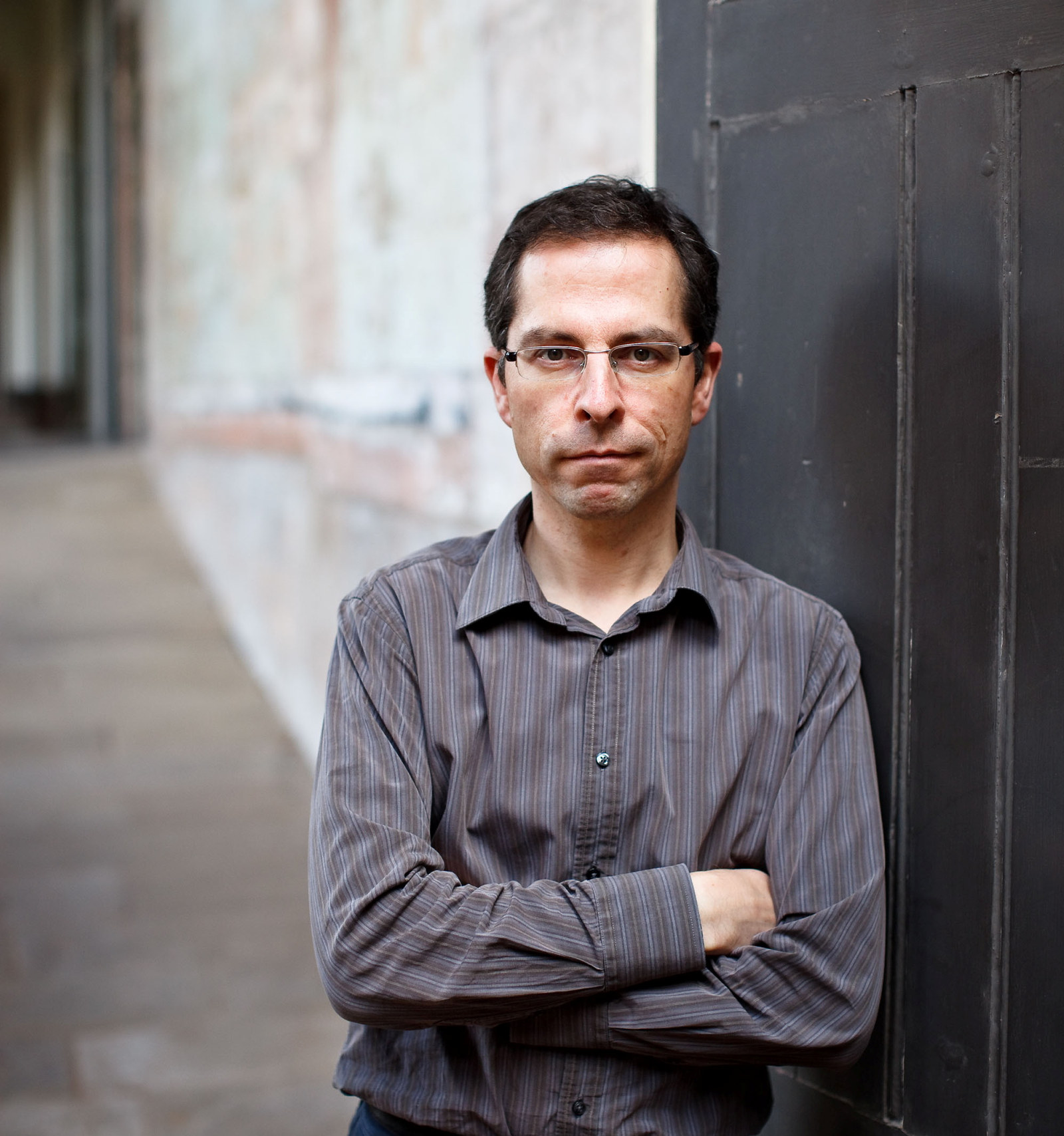Decorative architectural glass: 'figured rolled' samples
Figured rolled glass is a type of 'obscured', commercially produced sheet glass which is smooth on one side and has a figured or patterned surface on the other.
It was a decorative addition to public buildings and private homes in the 19th and 20th centuries, used in windows, external and internal doors. Its translucent quality added a practical dimension, admitting light while maintaining privacy. The first type of figured rolled glass, known as 'cathedral' glass, was patented in 1847 by Englishman James Hartley but by the late 19th century, many additional patterns had been added.
A collection of 68 figures rolled glass samples, part of the Caroline Simpson Library & Research Collection, include a number of different designs, many with their own identifying names: muffled, cathedral, flannel flower, Japanese, arctic, pattern 'G', pattern 'B', cats eye, grapene, maximum daylight glass and ground opal. Two English makers, Chance Bros and Pilkington Brothers, were the main producers of figured rolled glass at the beginning of the 20th century and so are almost certainly responsible for the production of these samples. Local manufacture of figured rolled glass began did not begin until 1931 and was then carried out by a Sydney company, Australian Window Glass.
The Sydney distributor's name, James Sandy & Co Ltd, is printed on a paper label on some of the samples. The date of issue of these samples was probably between 1909 and 1914 based on the distributor's name & address details. In the late 19th and early 20th centuries, James Sandy & Co specialised in the fitting out and painted decoration of public and private interiors. The company also sold a range of building products including various types of architectural and building glass.
Published on
Related

Wallpaper
Wallpaper printing rollers: from machine printing to 3D capture
In December 2022, Phyllis Murphy AM generously donated to the Caroline Simpson Library more than 3,000 wallpaper samples. While the bulk of the donation consists of wallpaper rolls, lengths and sample books, it also includes two printing rollers

House photo albums
These specially produced photograph albums (some in published form and others consisting of photographs pasted into an album) comprise images of one or more domestic dwellings and depict exteriors, interiors and gardens in NSW mostly from the late 19th to the early 20th centuries

Richard Stringer’s architectural photographs, 1968–2003
This portfolio contains 55 photo prints taken by architectural photographer Richard Stringer, dating from 1968 to 2003, documenting significant Australian domestic buildings

Barry Wollaston: historic buildings in the county of Cumberland (NSW), 1954
This collection consists of 232 photo negatives by architect and photographer Barry Wollaston of buildings in the Sydney region considered by the Royal Australian Institute of Architects in the early 1950s to be of architectural and historical value
